Stranded in the Alpine with a Broken Foot
| 6 min readZach Eiten looked at the storms on the horizon and did the math in his head. He was about two miles from camp, five miles from the trail, and ten miles from his car. Ten bushwhacking, boulder-hopping, slow-going miles. And his foot was definitely broken.
The trip had started out very differently. Eiten, who lives in Golden, Colorado, had had his eye on Granite Peak, the highest point in Montana, for a while. He’d recently summited Gannett Peak, Wyoming’s tallest, and there was something appealing about keeping the highpointing streak going. Besides, he’d attempted Granite the previous summer before bad weather turned him back. It was time for a rematch.
On July 2, 2020, Eiten set off for the trailhead with his climbing partners, Emma Ely and Randy Smersh. On the way, they checked the forecast: A little chilly with no precipitation on their summit day. There might be a chance of rain on the hike out, but they’d have a clear window for the climb. As far as forecasts go in the Beartooth Mountains, it looked just about perfect.
After the hike in, the trio set up camp near Avalanche Lake and sized up their route. Eiten and Ely decided to ascend via the Notch Couloir (5.4, steep snow). Smersh, also an experienced mountaineer but less comfortable on steep snow, opted for the fourth-class standard route up the East Ridge. To stay in communication, they divided their pair of Rocky Talkies. Eiten and Ely would take one radio. Smersh would take the other.
They left camp around 4 a.m. the next day and parted ways. At first, everything went as planned.
Zach Eiten’s partner, Emma Ely, starting up the couloir.
Eiten and Ely hit the snow apron at the base of the peak right around sunrise. They made good time to the upper couloir. Then things started to warm up.
As they climbed, the snow began to slough beneath them. In the upper couloir, the crackle and drip of melted ice pervaded the quiet. Frozen rock fractured loose, crumbling into the gully. The route was melting.
Eiten topped out the couloir, pulling onto a narrow saddle, late in the morning. For the first time, he had a view across the ridge. Dark clouds were building to the west.
Oh no, he thought. We’re about to get hammered.
He and Ely discussed their options. They could bail and down-climb the sloughing couloir, which had now become a funnel for falling rock, or they could wait out the storm, then climb 300 feet to the summit and descend via the less-risky standard route. They decided on the latter.
The pair sat huddled against the mountainside, letting snow and graupel sift off the hoods of their rain shells. After 20 minutes, the storm seemed to pass. Eiten stood and shook off the snow. He took the lead on the next pitch. When he found the ridge slicked-over with ice, he ducked into a narrow gully just east of it, which looked to be around M3 in difficulty. There, he hoped, he’d find more secure climbing, and more opportunities for protection.
But after about 175 feet of loose, unprotectable rock, Eiten stopped to build an anchor, reluctantly slinging a large refrigerator-size boulder and backing it up with a cam. The boulder wasn’t attached to the mountain, but he figured its massive weight would be enough to hold a fall. Besides, he was running out of rope, and they needed to keep moving.
Eiten was pulling up slack when he heard a crack, and the air-splitting clatter of rock against rock. He whirled, barely fast enough to see a microwave-size block dislodge above him and crater toward his belay.
A smash, and the refrigerator-size boulder gave way. Suddenly, he was falling, caught in a stampede of rock and a tangle of rope, end over end in the chaos, throwing out his arms and legs in vain for purchase. After 25 to 30 feet, something caught, and Eiten’s body slammed to a stop. He looked around. He’d somehow braced himself across the chimney, catching his fall. Somewhere below him, the boulder gave a final crash and came to rest.
Eiten took a deep breath and did a quick scan. He was OK, miraculously OK. The only pain: a sharp, deep throbbing in his foot. It felt like it had been crushed.
He called down to Ely, also unhurt, and radioed Smersh.
“I think I broke my foot. I’m going to lower to the belay and check, and I’ll let you know,” he relayed.

The red X marks the site of Eiten’s accident, shortly below the Granite Peak summit.
About 10 minutes later, at the next belay, Eiten leaned against the rock beside Ely to remove his boot. Purple bruising spread across the tops of his toes, and the swelling had already started. No question: It was broken. By then, Smersh had already started down. Eiten buzzed him on the walkie.
“Go get help.” Message received, Smersh set off.
In the meantime, Eiten and Ely began the arduous descent: six rappels, a long glissade, and the boulder field crossing. Again clouds began to pile over the ridge to the west. As he descended, Eiten’s foot grew numb, a combination of the swelling, the cold snow, the ibuprofen—and, he later found out, a few severed nerves.
The second wave of storms had hit by the time they reached the boulderfield. Eiten and Ely hobbled, pounded by wind and rain. They got to camp right around 3 a.m. It seemed like things couldn’t get any worse.
Then, around 7 a.m., Eiten’s radio started crackling, and an unfamiliar voice came through.
“Are you guys OK?” It was Two Bear Air, a local search and rescue team. They were trying to bring in a helicopter but couldn’t land for the storm.
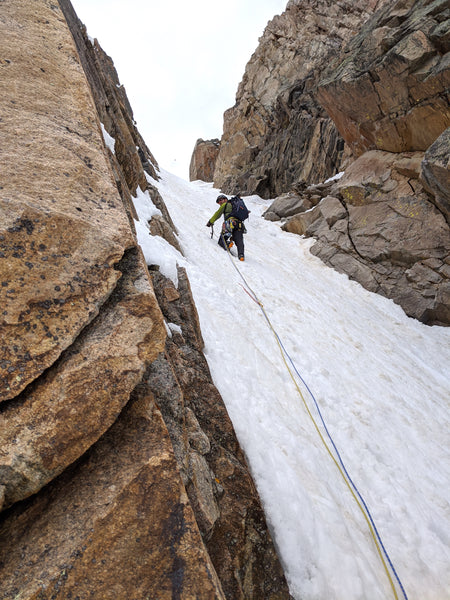
Eiten leading up the Notch Couloir.
It turned out Smersh had run into some hikers with a Garmin InReach; they were able to call for rescue, saving Smersh miles of rushed descent and Eiten and Ely hours of waiting. Smersh had also given rescuers Eiten’s radio channel. They were able to call him directly from the helicopter to confirm that he and Ely were OK and had food and shelter.
Thanks to that communication, Eiten suspects, Two Bear Air was able to spare the expense and man-power of sending in an emergency ground team. Instead, they saved their resources, and Eiten and Ely waited, knowing they’d been seen—and knowing they could stay put rather than risk additional injury by attempting the bushwhack exit.
A few hours later, a Gallatin County Search and Rescue helicopter winked into view on the horizon. Eiten and Ely exchanged a smile. They were getting out.
6 Tips for Avoiding Rockfall Hazard in the Alpine
The Rocky Talkie team has over 35 combined years of rock- and ice-climbing experience. Here are some of the tips we’ve picked up for mitigating risk while alpine climbing.
1. Get a conditions report.
Talk to someone who’s climbed the route recently. Ask whether any sections are wet, unconsolidated, or otherwise suspect. Check recent weather history for warming or freeze-thaw cycles, which can weaken rock and snow, and recent precipitation, which can ice-over a route.
2. Start early.
Warming is a big cause of both rockfall and icefall. Get an alpine start—as early as midnight or 1 a.m. if you need to—to get through any snowy or loose sections before the sun warms the route.
3. Seek out sheltered belays.
Build anchors beneath bulges, overhangs, or other features that could protect you from falling rock or ice. When possible, set the belay off to one side of the route to keep the belayer out of the leader’s line of fire. While leading, mind the rope: Ensure it’s not going to flick loose rock onto your belayer.
4. Beware of detached blocks.
Before placing gear, knock on the rock. Sound hollow? Find another placement. Avoid slinging detached blocks, especially those at rest on downhill slopes. Instead, in blocky terrain, look for firmly-lodged chockstones, solid horns, chickenheads, and, of course, good gear placements.
5. Use more gear.
In the alpine, opportunities for protection can be slim. Still, take time to find creative placements. Consider backing up a natural anchor with a cam or a few stoppers. If you don’t have many options, or if it’s hard to tell whether blocks are loose, encompass as much rock as you can with a generous loop of cordelette, or by wrapping a chunk of ridge with the climbing rope itself.
Note: Alpine climbing takes years of experience to master. Practice these skills with an experienced instructor before trying them on your own.


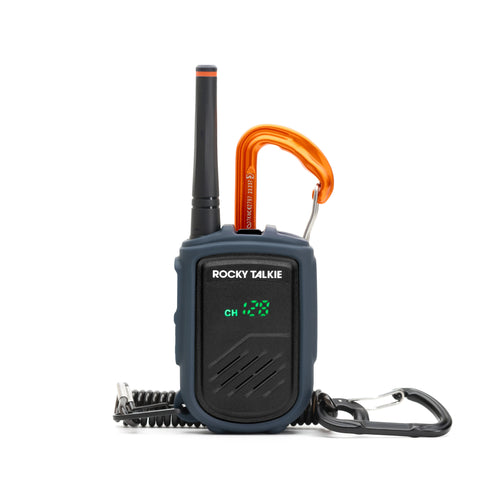

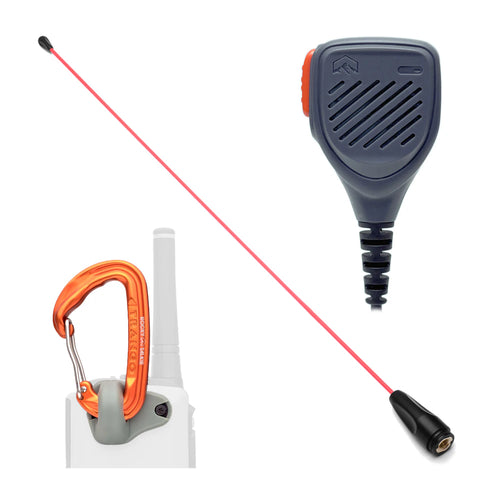

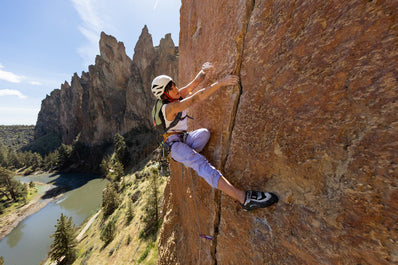
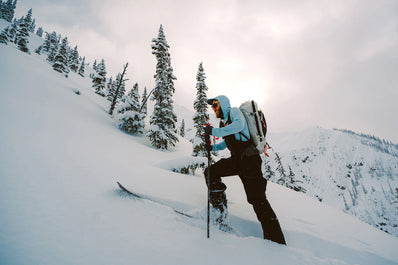

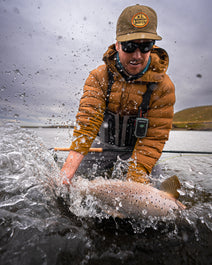
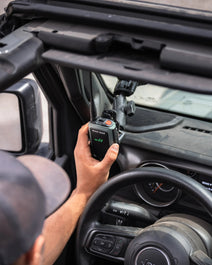
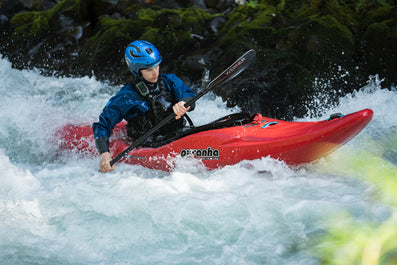
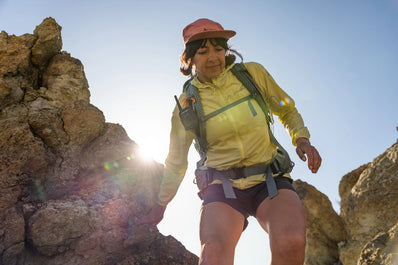
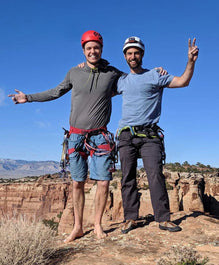
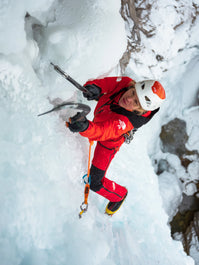
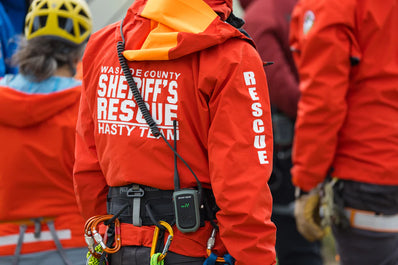
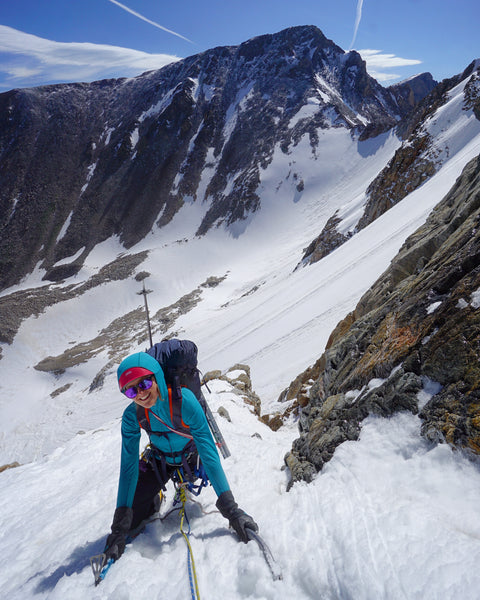
Leave a comment (all fields required)
Comments will be approved before showing up.